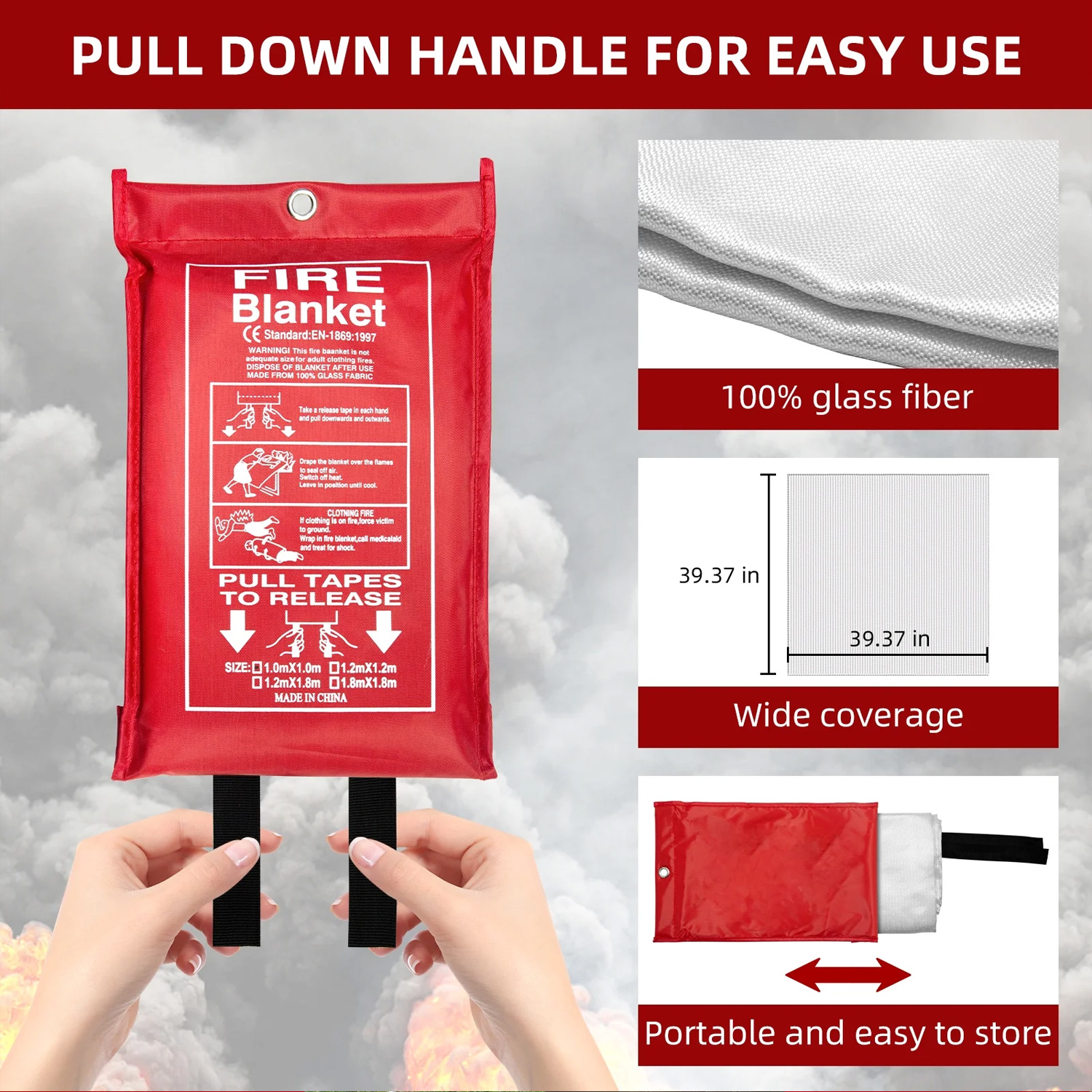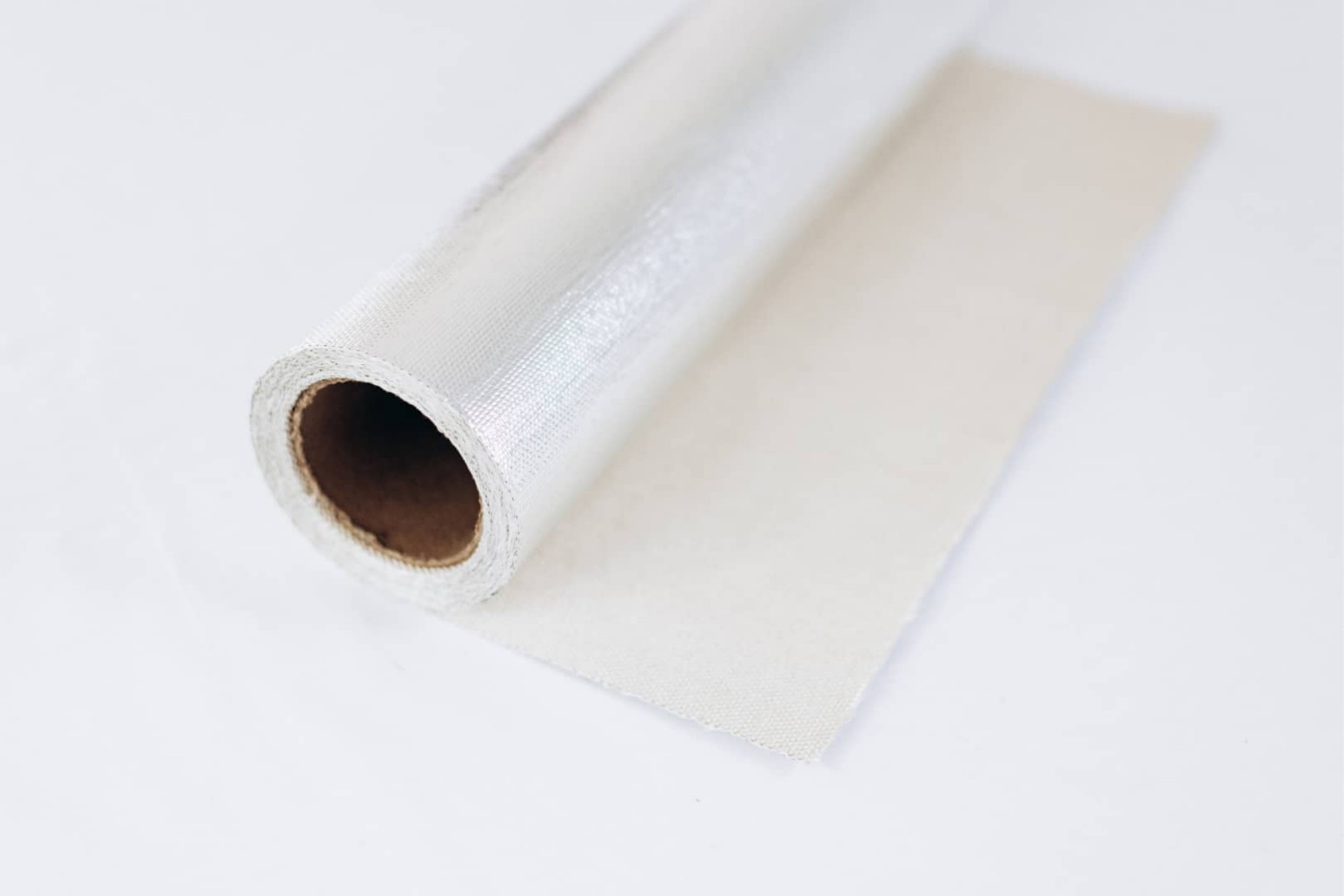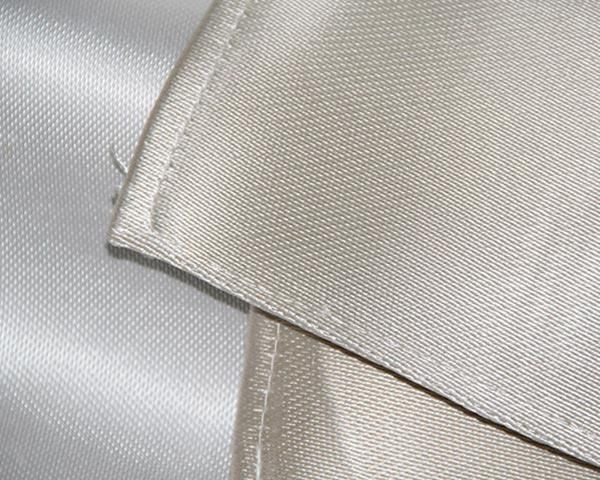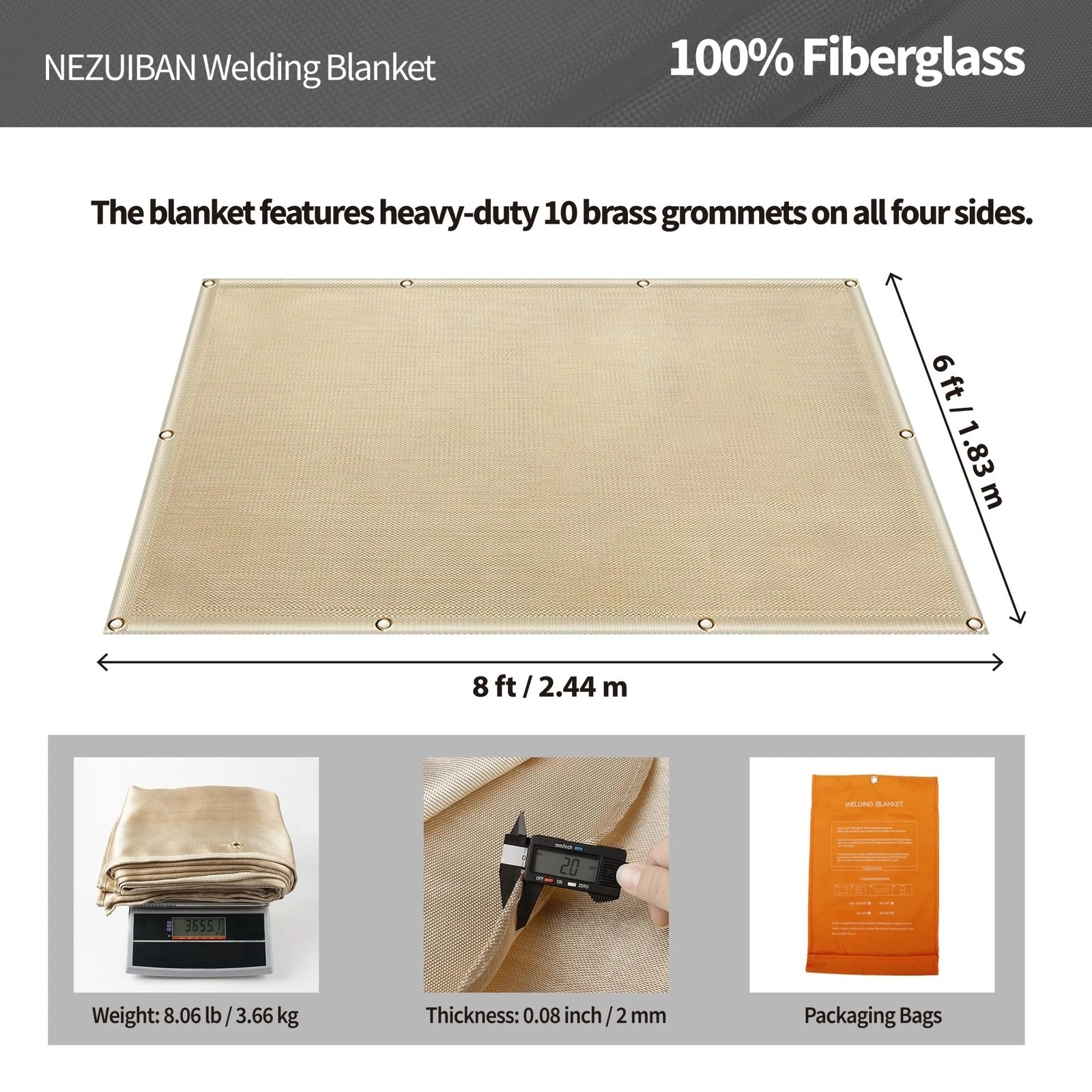Carbon Welding Blanket: Essential Protection for High-Temperature Work
Summary:A carbon welding blanket shields surfaces from sparks, slag, and heat during welding. It's durable, flame-resistant, and reusable, making it ideal for industrial and DIY projects. Learn how to choose and use one safely.
What Is a Carbon Welding Blanket?
A carbon welding blanket is a heat-resistant fabric made from woven carbon fibers. Unlike fiberglass blankets, it withstands extreme temperatures (up to 2,000°F/1,093°C) without melting. You drape it over flammable materials or equipment to prevent fire hazards during welding, grinding, or cutting.
Key Benefits of Using Carbon Welding Blankets
- Flameproof:Won’t ignite or spread flames.
- Reusable:Resists wear from sparks and abrasion.
- Flexible:Conforms to uneven surfaces like pipes or machinery.
- Lightweight:Easy to transport and hang.
How to Choose the Right Carbon Welding Blanket
Consider these factors:
- Temperature Rating:Match it to your work (e.g., 1,000°F for light welding, 2,000°F for heavy-duty tasks).
- Size:Cover at least 2 feet beyond your work area.
- Thickness:Thicker blankets (1/4 inch) last longer but are less flexible.
Proper Use and Maintenance
Always overlap blankets by 6 inches for full coverage. Shake off slag after use, and store it rolled (not folded) to prevent cracks. Inspect for holes regularly—replace if damage exceeds 10% of the surface.
Carbon vs. Fiberglass Welding Blankets

| Feature | Carbon Welding Blanket | Fiberglass Blanket |
|---|---|---|
| Max Temperature | 2,000°F | 1,200°F |
| Durability | High (resists punctures) | Moderate |
Safety Tips
- Wear gloves when handling used blankets—slag can stay hot for hours.
- Never use near chemicals that react with carbon (e.g., strong oxidizers).
- Combine with welding curtains for full workspace protection.
Where to Buy
Look for OSHA-compliant blankets from industrial suppliers like Grainger or Uline. For small projects, hardware stores (e.g., Home Depot) offer affordable options.
Pro Tip:For long-term savings, invest in a carbon welding blanket with reinforced edges—it outlasts cheaper models by years.






